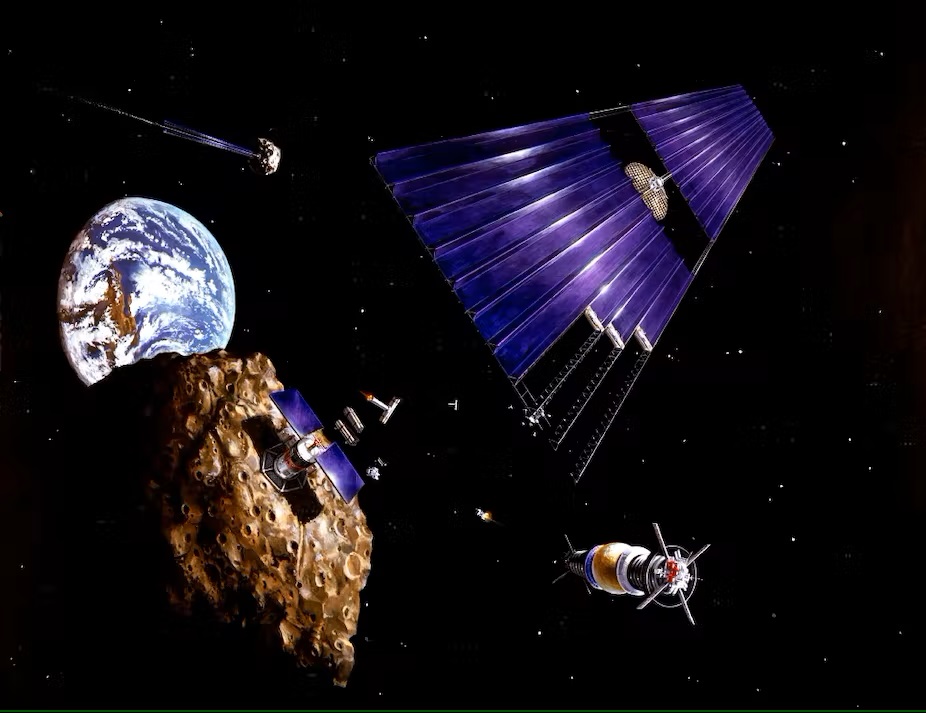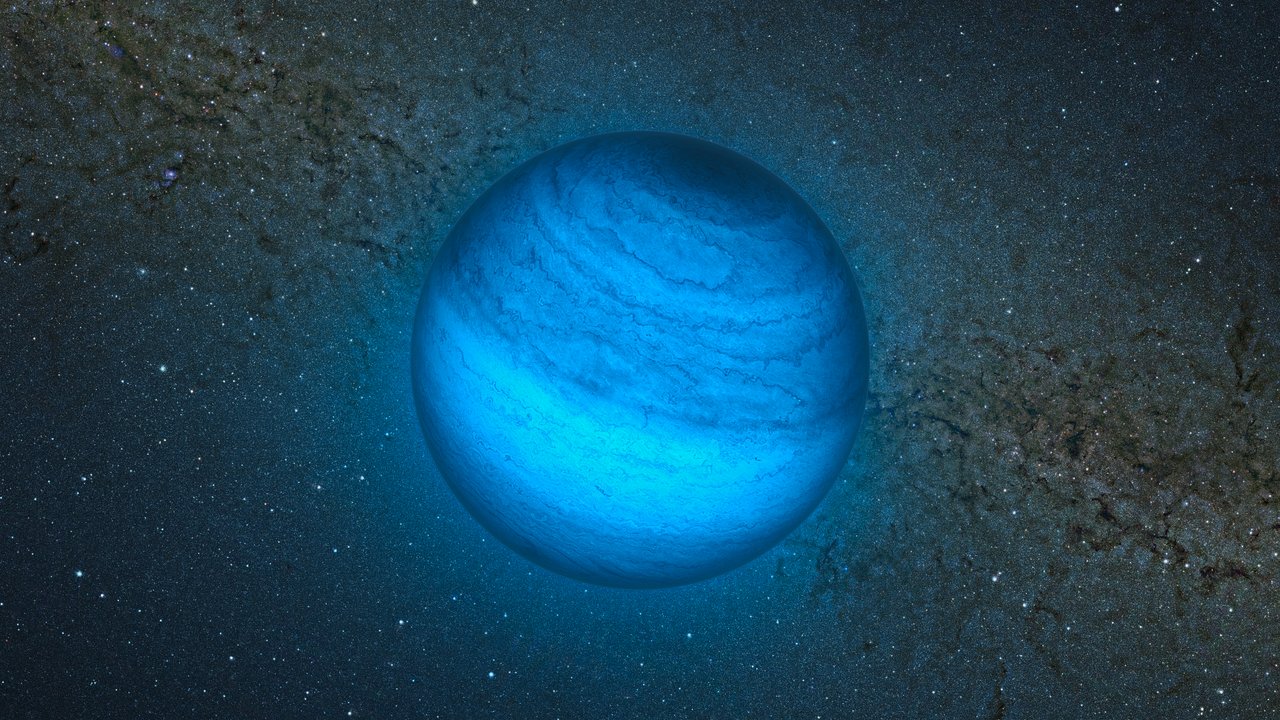Asteroid mining is one of those topics that sounds like it’s straight out of science fiction. But, in recent years, with the growth of lower-cost launch options, mining space rocks could become downright economical. As an added plus, getting important resources from asteroids could help drive the switchover to clean environmental practices and technologies right here on Earth.
Continue reading “Environmental Concerns Could Drive Asteroid Mining”China Showcases its Lunar Exploration Plans
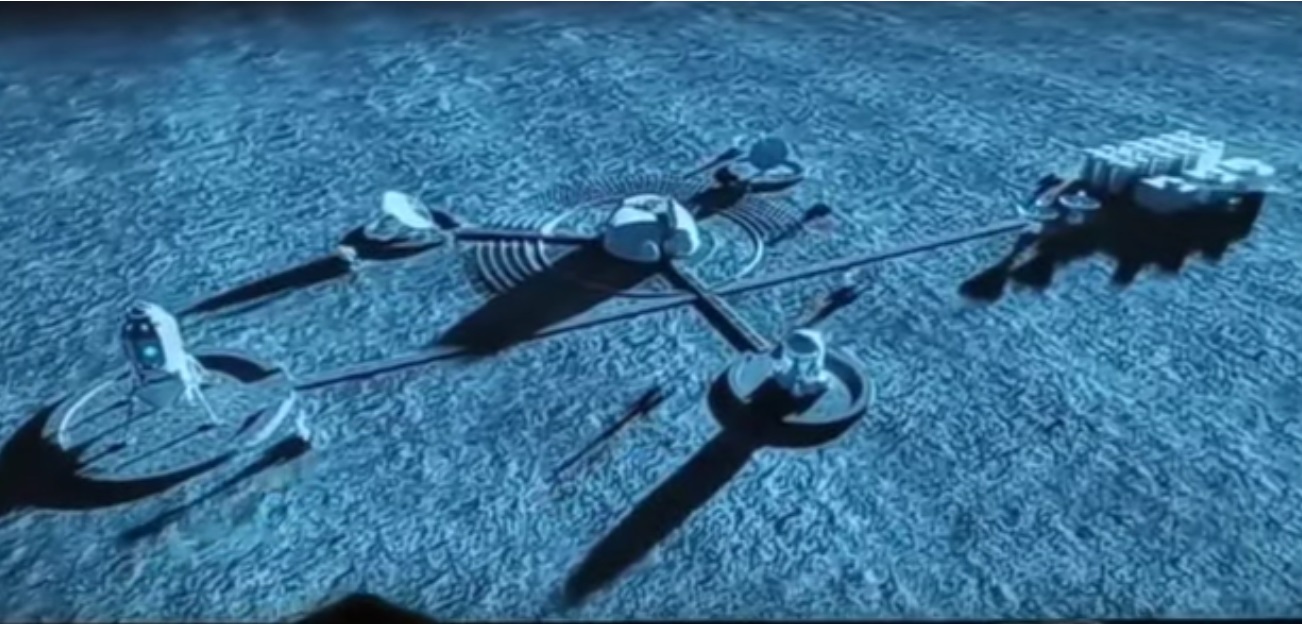
The China National Space Agency (CNSA) has drawn a lot of attention to its space programs in recent years. In addition to their Tiangong space station and crewed missions to Low Earth Orbit (LEO), there’s also been a lot of buzz surrounding the China Manned Space Agency (CMSA) and its Human Lunar Space Program. The high points have included the announcement of the International Lunar Research Station (ILRS) – a joint operation with Roscosmos – and shared concept art for their next-generation spacecraft and lunar lander.
As always, what we know about China’s plans for space exploration is limited to snippets of news, public statements, and the occasional video, which are the direct result of state-controlled media and tight secrecy regarding the country’s space program. The latest is a bootleg video that recently appeared online, which shows a video presentation that provides some insight into China’s long-term plans for crewed lunar exploration. The video is captioned with the words “China’s lunar space station and development of lunar molten cave base plan,” and it certainly lives up to that description!
Continue reading “China Showcases its Lunar Exploration Plans”The Largest Simulation of the Universe Ever Made

It’s about time to retire the old astronomy joke: “Define the Universe and give three examples.” That’s because recent simulations are answering that question pretty well. Nowadays, the answer could just very well be, “See the FLAMINGO simulations.”
Continue reading “The Largest Simulation of the Universe Ever Made”Misaligned Binary Star Systems are Rogue Planet Factories
Most of the planets in the Universe orbit a star. They are part of a system of planets, similar to our own solar system. But a few planets drift alone in the cosmos. For whatever reason, be it a near collision or slow gravitational perturbations that destabilize its orbit, these planets are cast out of their star system and sent adrift. These rogue planets are notoriously challenging to find, but as we start to discover them we’re finding they are a bit more common than we’d thought. Now a new study posits a reason why.
Continue reading “Misaligned Binary Star Systems are Rogue Planet Factories”A New Map Shows Where Mars is Hiding all its Ice
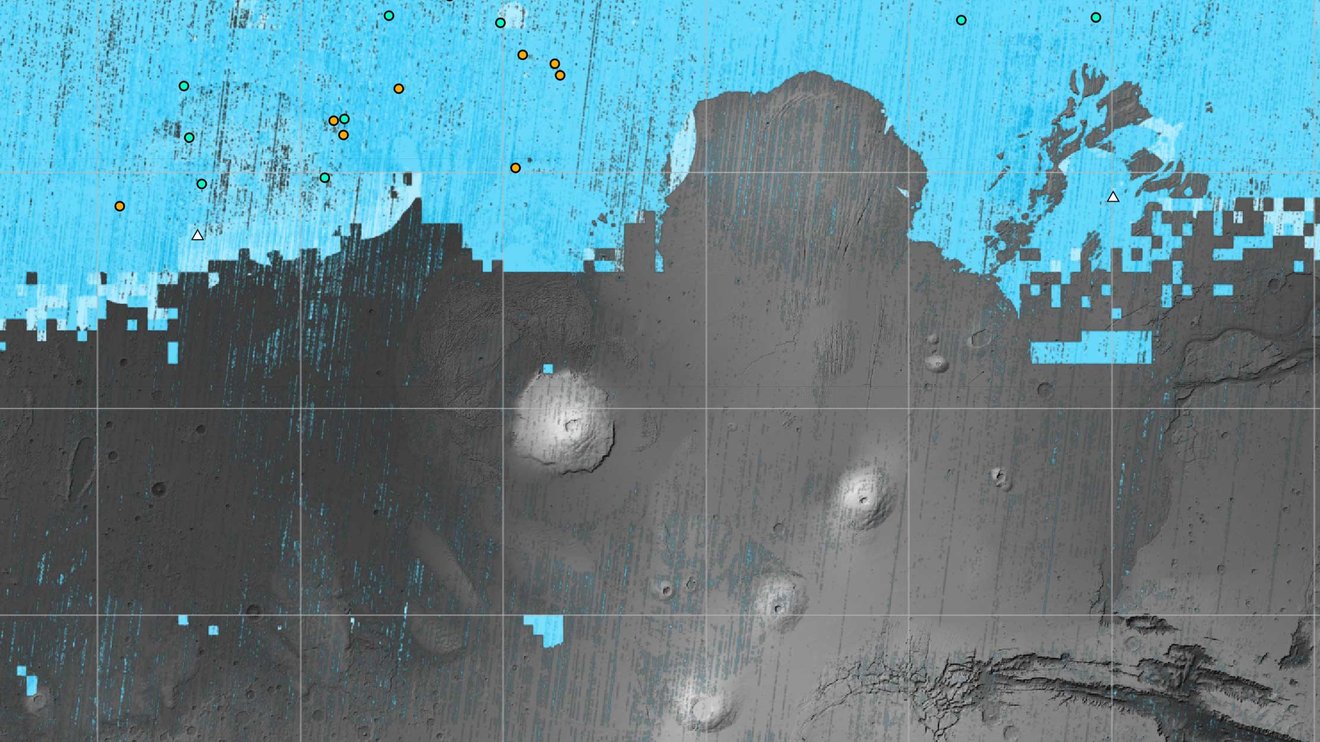
Water will be one of the most important resources for human explorers on Mars. They’ll need it for drinking, propellant, breathing, and more. It makes sense to land near a spot where there’s water ice close to the surface.
NASA has released a new map of Mars’s northern hemisphere showing all the places where subsurface water ice has been detected, some of which are surprisingly close to the equator, as well as surprisingly close to the surface. This map could decide the first human landing site.
Continue reading “A New Map Shows Where Mars is Hiding all its Ice”JWST Sees Four Exoplanets in a Single System
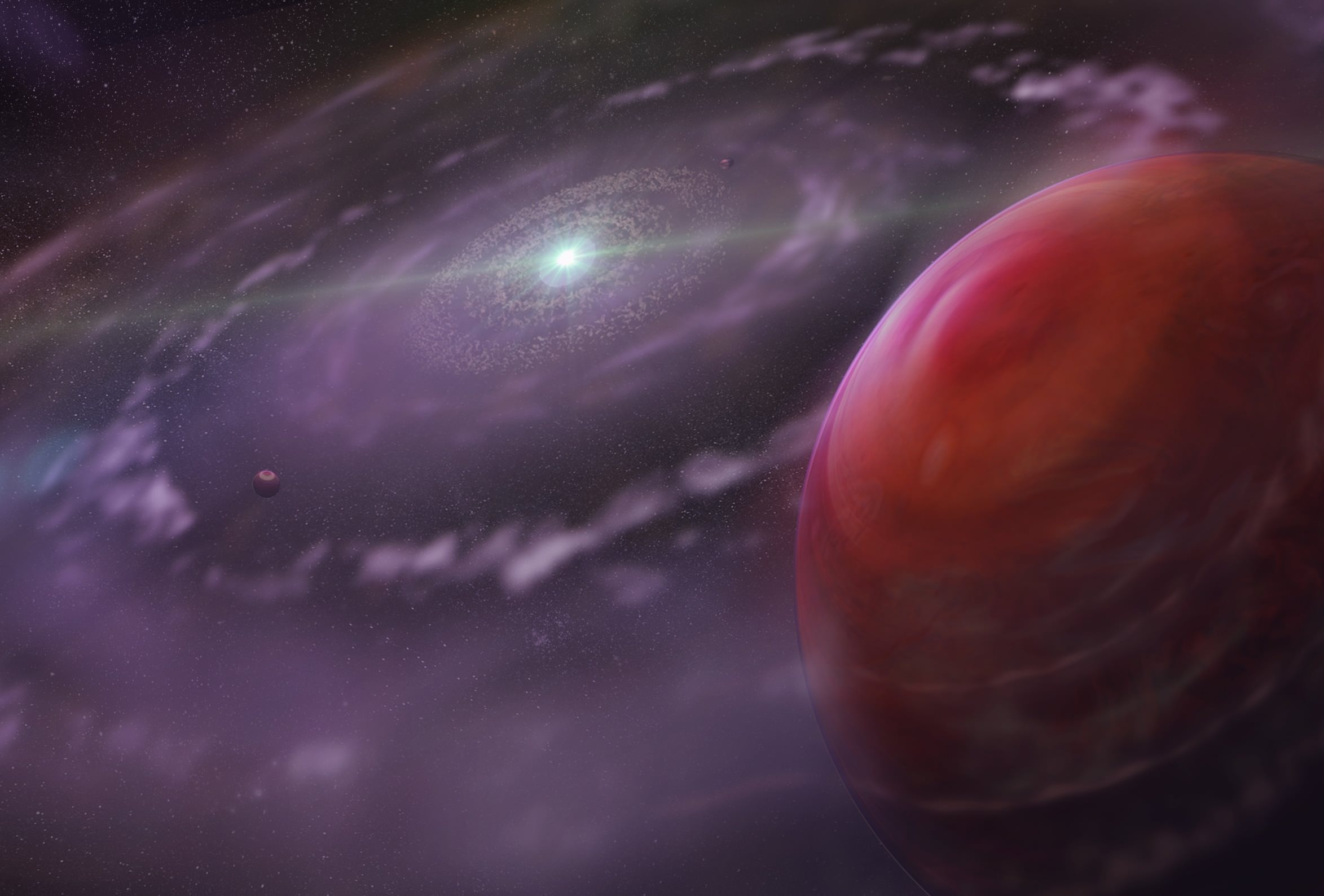
When the JWST activated its penetrating infrared eyes in July 2022, it faced a massive wish-list of targets compiled by an eager international astronomy community. Distant, early galaxies, nascent planets forming in dusty disks, and the end of the Universe’s dark ages and its first light were on the list. But exoplanets were also on the list, and there were thousands of them beckoning to be studied.
But one distant solar system stood out: HR 8799, a system about 133 light-years away.
Continue reading “JWST Sees Four Exoplanets in a Single System”Venus Might Have Had Plate Tectonics Just Like Earth
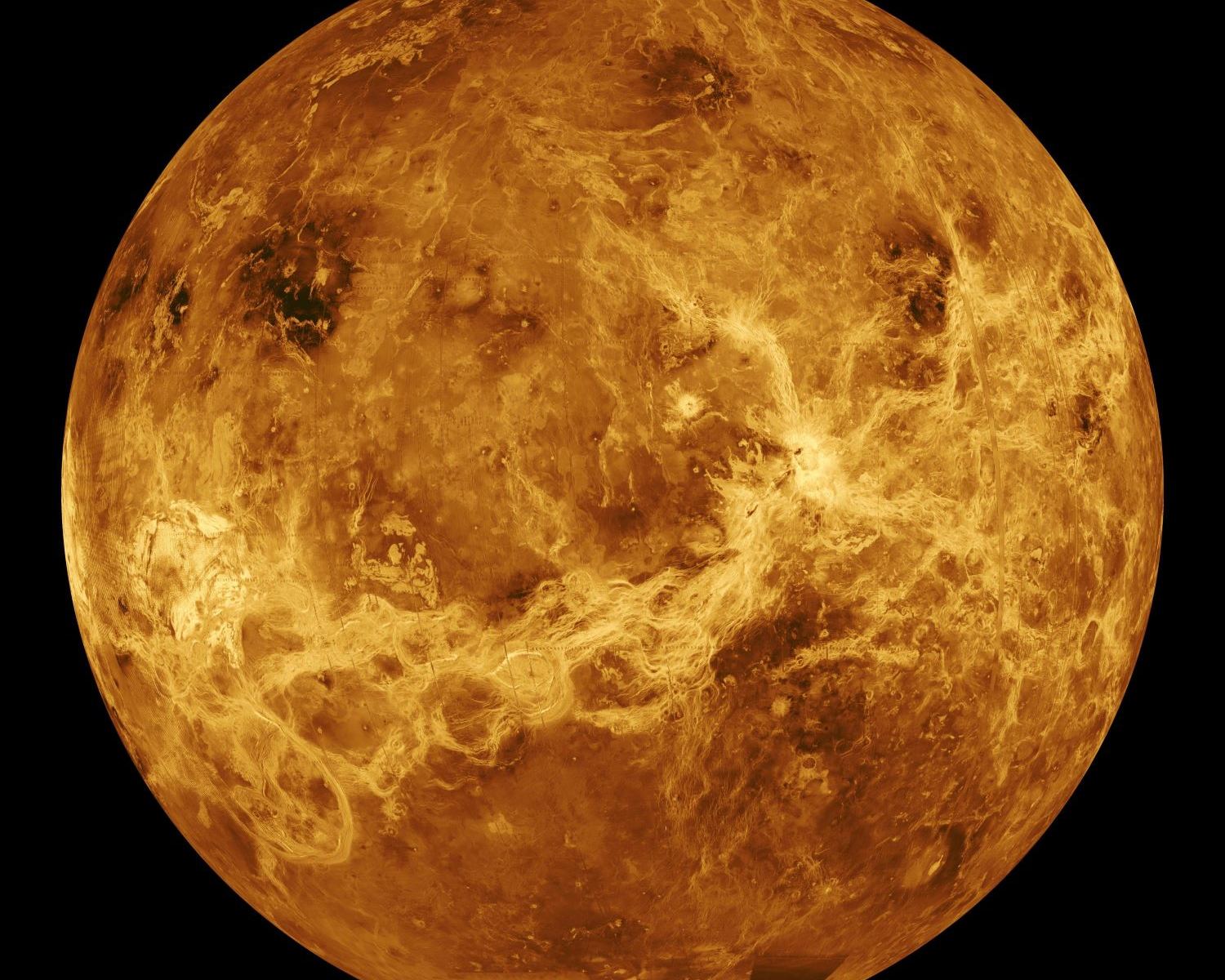
Even though Venus is very similar to Earth in many ways, it’s a hell-world with a runaway greenhouse effect. It was assumed this was because it lacked plate tectonics like Earth to sequester carbon inside the planet. A new study suggests that the high nitrogen and argon in its atmosphere are evidence from outgassing when it had plate tectonics billions of years ago. This could mean that Venus was habitable for a long time before something went horribly wrong.
Continue reading “Venus Might Have Had Plate Tectonics Just Like Earth”What’s the Best Way to Find Planets in the Habitable Zone?
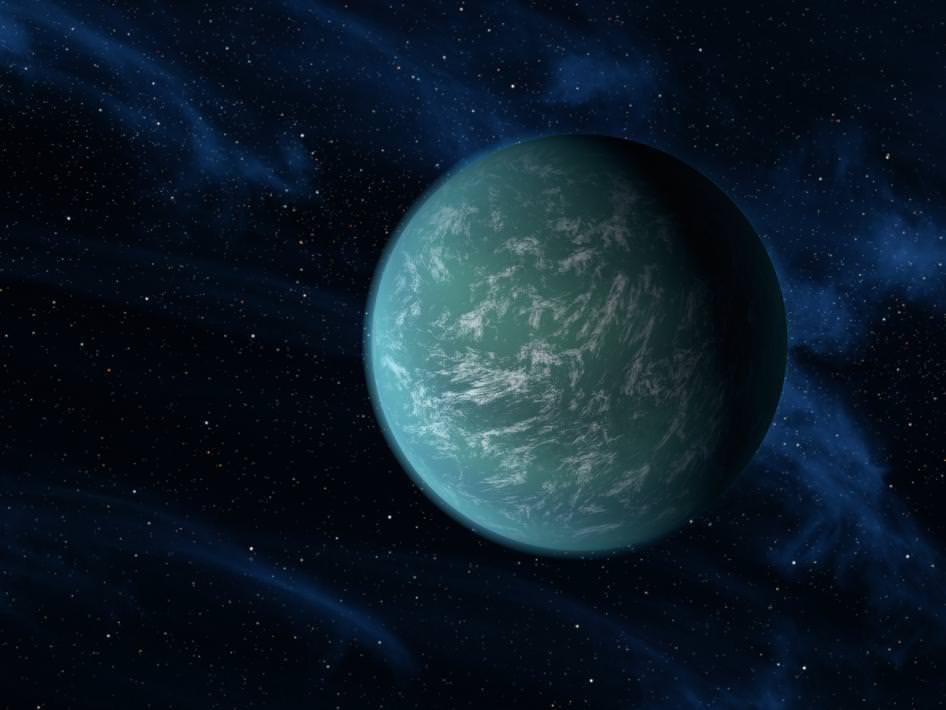
Despite the fact that we’ve discovered thousands of them, exoplanets are hard to find. And some types are harder to find than others. Naturally, some of the hardest ones to find are the ones we most want to find. What can we do?
Keep working on it, and that’s what a trio of Chinese scientists are doing.
Continue reading “What’s the Best Way to Find Planets in the Habitable Zone?”Everything in the Universe Fits in This One Graph. Even the Impossible Stuff
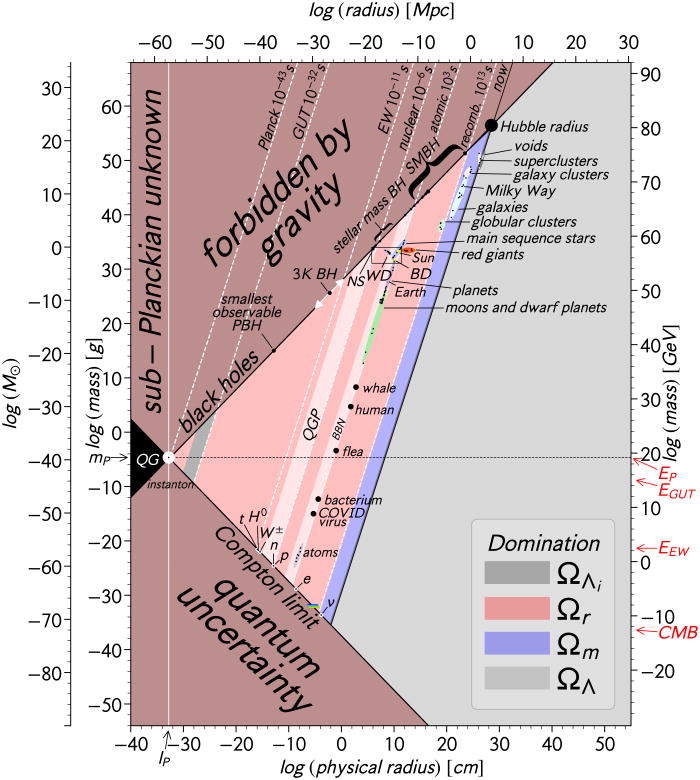
The Universe has physical constants, such as the force of gravity that define everything. If these constants were any different, our Universe would look quite different. When you consider the types of objects that exist in our Universe – from quarks and bacteria to fleas and superclusters — different forces dominate their existence.
A fascinating new graph plots everything in the known Universe and shows us what’s possible. It also shows what types of objects are prohibited by the laws of physics as we understand them.
Continue reading “Everything in the Universe Fits in This One Graph. Even the Impossible Stuff”The Milky Way's Black Hole is Spinning as Fast as it Can
Pick any object in the Universe, and it is probably spinning. Asteroids tumble end over end, planets and moons rotate on their axes, and even black holes spin. And for everything that spins, there is a maximum rate at which it can rotate. The black hole in our galaxy is spinning at nearly that maximum rate.
Continue reading “The Milky Way's Black Hole is Spinning as Fast as it Can”
